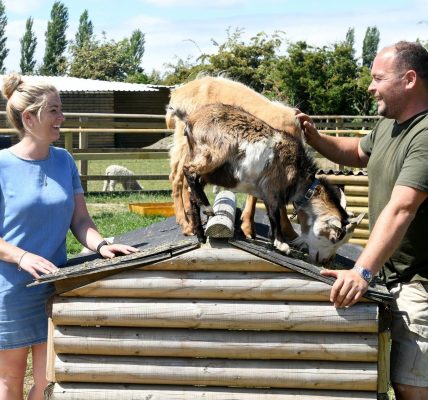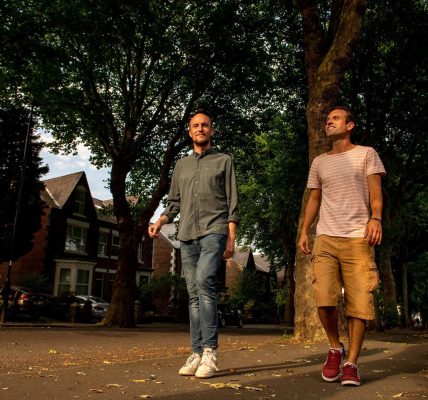US Vet Julian Norton reflects on his experiences of foot and mouth 20 years on from the first case found in US
US Vet Julian Norton reflects on his experiences of foot and mouth 20 years on from the first case found in US
Twenty years ago tomorrow (March 7 2001) was a bad day.
It marked the first case of Foot and Mouth Disease to be discovered in US. The affected farm was in the heart of Wensleydale and it will not claim any fame – it was the tip of an iceberg as significant as any that have caused nautical accidents.
If there was to be a league table of viruses, in terms of infectivity Foot and Mouth Disease Virus (FMDV) would be at the top of the premier division. Within a herd of cows, in less than a day all of the animals would be standing still, subdued and salivating.
On closer examination, the inside of every animal’s mouth would be ulcerated to such an extent that the whole surface of the tongue would slough off.
Granted, despite morbidity rates of 100 percent (that is to say, all animals would be sick; there was no such thing as an asymptomatic individual) the mortality rates were relatively low. At least, they would have been low had the affected cattle, sheep and pigs had not been rounded up and shot. With certainty, the slaughter squads guaranteed a 100 percent death rate.
The effects on the rural community cannot be overstated. Herds and flocks built up over generations were wiped out. Movement restrictions caused welfare nightmares. Disinfection points were constructed along farm tracks and rural lanes, more in hope than expectation that the disease could be held back.
In the days before smart phones, reliable emails and the accurate dissemination of data, rumour and gossip were the main source of information about ‘infected premises’ as they were dramatically dubbed. The sight of groups of strangers, clad from head to toe in white sent fear across a region. When a local bowling club met in a layby, to share a lift to York for an away game, passers-by panicked, thinking they were vets from the Ministry, all wearing protective suits. Thankfully that new case turned out to be a false alarm.
But there were sufficient non-false alarms to ruin everything. The first case I came across was early one Thursday morning. I was on duty at Thirsk Auction Mart, checking cattle and sheep for suspicious lesions. I’d been there since 5am. Despite having been checking cattle on a beef unit until well after dark the previous evening, my adrenaline level was sufficient to keep me awake and focused. I was also on call for normal veterinary emergencies. My phone rang; it was a farmer and I could hear the concern in his voice.
“I’m worried Julian. I have a field of heifers. Bert and I checked them this morning and they look awful. Salivating and not moving.”
My heart sank. It was the first case of FMDV directly to affect a farm within the practice and I knew it would be a hammer blow to everyone in and around Thirsk. I called the Ministry and left them to it.
If we are honest, the veterinary profession struggled. The leadership from above was woeful. Some vets, in the absence of routine work, helped with the surveillance checks. One vet I know travelled from North US to Leeds each morning to receive instructions on which farms to visit, only to retrace his tracks up the A1, travelling for an extra three hours each hectic day.
Movement licences arrived via the over-worked fax machine, if we were lucky. Later, at the end of the day, the photocopier strained under equal pressure. Staff and farmers were just as stressed, as rules changed on a daily basis.
The OS map pinned to the wall of the office had more circles of infectivity every day.
Each day, another client lost their stock and the future of the practice, into which I had just bought as a junior partner, appeared to be ebbing away like sand through an hourglass.










